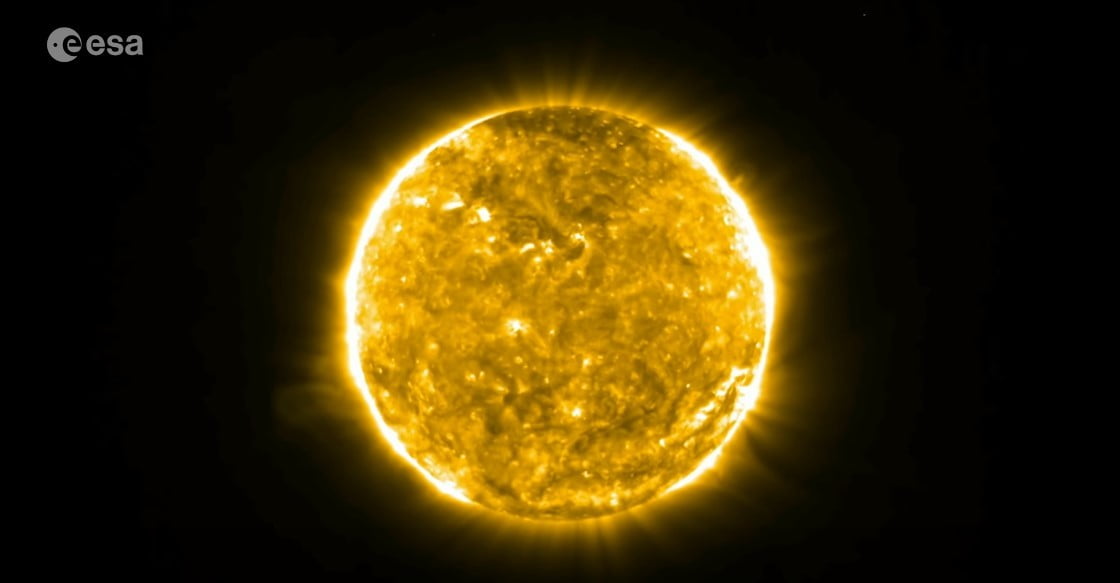The European Space Agency’s Solar Orbiter spacecraft has captured video of an explosion of plasma from the sun, called a coronal mass ejection, for the first time.
Solar Orbiter completed a close pass to the sun in February this year, coming within half the distance between the sun and Earth. Although this pass was primarily to check the settings of the Orbiter’s instruments, it was still able to capture scientific data. And, fortuitously, three of its instruments were observing the sun in the days after this close approach when two coronal mass ejections occurred.
A coronal mass ejection (CME) is a huge expulsion of plasma from the sun’s corona, which travels across the solar system as solar wind. These solar winds travel all the way to Earth and can affect satellites and other electronics in orbit in a phenomenon called space weather. CMEs can even affect our planet more directly, by producing geomagnetic storms which can cause blackouts. The entire province of Quebec, Canada, was plunged into a blackout due to a CME in March 1989.
This has made studying and understanding solar activity a priority, so it is is fortunate that Solar Orbiter was able to capture a CME using a variety of different instruments which shows its effects rippling outward. The video below shows the CME, captured first by the Extreme Ultraviolet Imager (EUI) instrument, then it zooms out to show its effects on the sun’s outer corona, captured by the Metis coronagraph, then it zooms out even further to show the solar wind captured by the Heliospheric Imager (SoloHI).
These kinds of observations can help us learn more about the complex activity of the sun and how it propagates through the solar system. And they are just a taste of what to expect once all Solar Orbiter’s instruments are switched over to full science mode later this year.
“We’ve realized in the last 25 years that there’s a lot that happens to a CME between the surface of the sun and Earth,” Robin Colaninno, principal investigator for the SoloHI instrument, said in a statement. “So we’re hoping to get much better resolution images of all of these outflows by being closer to the sun.”
Editors’ Recommendations

